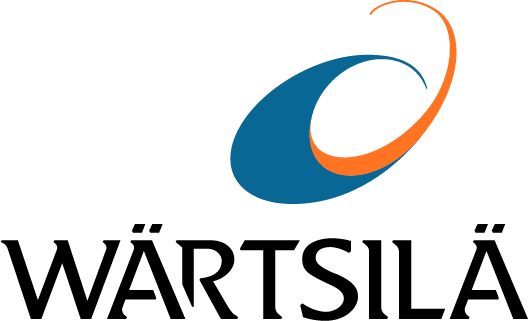

5803 results
Published from October 1987 through November 2018, Home Power promoted a goal of reducing the use of fossil fuels for electricity generation by replacing fossil fuel generation capacity with currently available renewable electricity alternatives.
Hole cleaning is the ability of a drilling fluid to transport and suspend drilled cuttings
Home energy storage devices store electricity locally, for later consumption.
The word energy derives from Greek ἐνέργεια (energeia), which appears for the first time in the 4th century BCE works of Aristotle (OUP V, 240, 1991) (including Physics, Metaphysics, Nicomachean Ethics and De Anima).
Higher alkanes are alkanes having nine or more carbon atoms.
High-voltage transformer fire barriers are outdoor countermeasures against cascading failures in a national electric grid.
A high-voltage, direct current electric power transmission system uses direct current (DC) for the bulk transmission of electrical power, in contrast with the more common alternating current (AC) systems.
The high-temperature gas-cooled reactor is a Generation IV nuclear reactor concept that uses a graphite moderator with a once-through uranium fuel cycle.
A high-pressure area, high, or anticyclone, is a region where the atmospheric pressure at the surface of the planet is greater than its surrounding environment.
High voltage is usually referred as a voltage used for power generation. It has the potential to cause injury or damage.
High-leg delta (also known as wild-leg, stinger leg, bastard leg, high-leg, orange-leg, red-leg, dog-leg delta) is a type of electrical service connection for three-phase electric power installations.
Varieties of high-viscosity mineral oils that can be found naturally, in oil-sand for example, or can be extracted from the heavy residues from oil refineries.
High temperature hydrogen attack, also called hot hydrogen attack or methane reaction, is a problem which concerns steels operating at elevated temperatures (typically above 400 °C) in hydrogen-rich atmospheres.
High-level waste (HLW) is a type of nuclear waste created by the reprocessing of spent nuclear fuel.
High-level radioactive waste management concerns how radioactive materials created during production of nuclear power and nuclear weapons are dealt with.
Hierarchy of hazard control is a system used in industry to minimize or eliminate exposure to hazards. The hazard controls in the hierarchy are, in order of decreasing effectiveness: Elimination, Substitution, Engineering controls, Administrative controls, Personal protective equipment.
A heuristic technique is any approach to problem solving or self-discovery that employs a practical method that is not guaranteed to be optimal, perfect, or rational, but is nevertheless sufficient for reaching an immediate, short-term goal or approximation.
Heterogeneous is distinctly nonuniform consisting of dissimilar elements or parts; not homogeneous.
The hertz (Hz) is the derived unit of frequency in the International System of Units (SI) and is defined as one cycle per second.
HEPA (high-efficiency particulate air) filter, also known as high-efficiency particulate absorbing filter and high-efficiency particulate arrestance filter, is an efficiency standard of air filter.